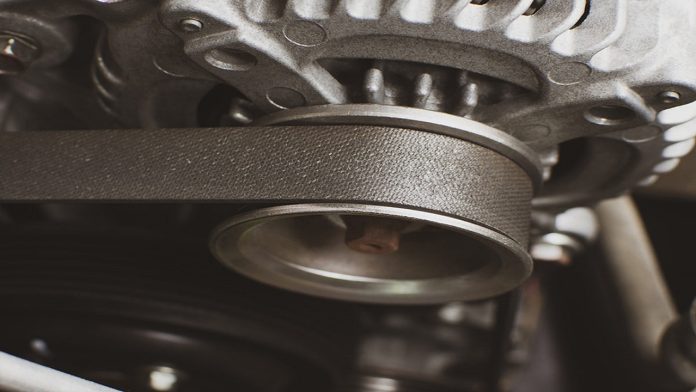Timing belts are essential in different mechanical applications, such as automobile and industrial applications. They are used for the time-honored task of coupling shafts and maintaining smooth running through their high precision and consistent durability. For the machine to operate smoothly, these timing belts must be of good quality with additional features that reduce the load on shafts and machines. However, let us look at some of the features that make a Timing Belt unique and, for that matter, it is more popular in industries than other types of belts.
Reduces Frequency of Retensioning and Lubrication
Another feature that greatly characterizes timing belts is that they are low-maintenance systems. Compared to common chain or gear types for tension and lubrication, timing belts do not need them and just run smoothly. This helps cut down labor and time expenses and makes them perfect for industries and automotive. These belts require less labor effort to lubricate and position them after a certain time. This is another benefit of using high-quality timing belts from reputed brands like ZZR.
Fiberglass Tensile Cord for High-Strength
The main body of a timing belt is sometimes wrapped around fiberglass tensile cords. These cords offer great power and guarantee that the belt can handle high loads and should not stretch. Secondly, using fiberglass provides flexibility that makes the belt variable in different configurations to improve its operations in diverse mechanical systems. Therefore, finding the timing belts with fiberglass features adds extra safety to the system when used in machines.
Nylon Tooth-Facing for Long Service Life
Timing belts consist of an additional highly wear-resistant nylon tooth-facing layer that increases the lifetime of these parts. Such wear surfaces enhance toughness and abrasiveness, allowing operations minimal friction and resistance. Consequently, the timing belts do not lose efficiency for long and can work under tough conditions.
Frictional Wear Shield
The backing of a timing belt is applied as an opponent against frictional wear and environmental contaminants. This feature is most useful when power is transmitted from the back of the belt. Such protective backing also preserves the belt from pollution in the form of dust and debris, hence increasing its life cycle and dependability.
Heat Resistance & Chemical Resistance
Timing belts also can not be affected by some substances, including oils, greases, and gasoline, which makes the belts perfect for use in different conditions. Such resistance makes the belts durable irrespective of the substances they come across, thus broadening their functionality.
Silent and Smooth Operation
Given this, while chains and gears tend to produce noisiness in operation, a timing belt is fairly quieter, so it is preferred not to interfere with the normal working and learning environment. Due to their quiet operation, they are suitable for use in offices, laboratories, and other places where noise is prohibited.
Conclusion
A timing belt combines creativity and functionality, embracing non-adjustable features, high tensile strength, durability, and chemical sustainability. These characteristics make them useful in various applications cutting across automotive engines and industrial equipment. It also enables appreciation of these features, hence timing belt selection for particular applications at the right time. Timing belts in precision machinery applications and the heavy industrial environment symbolize operation efficiency and reliability.










